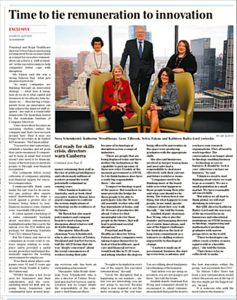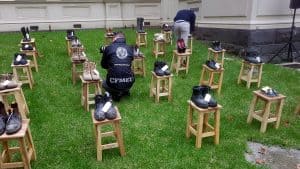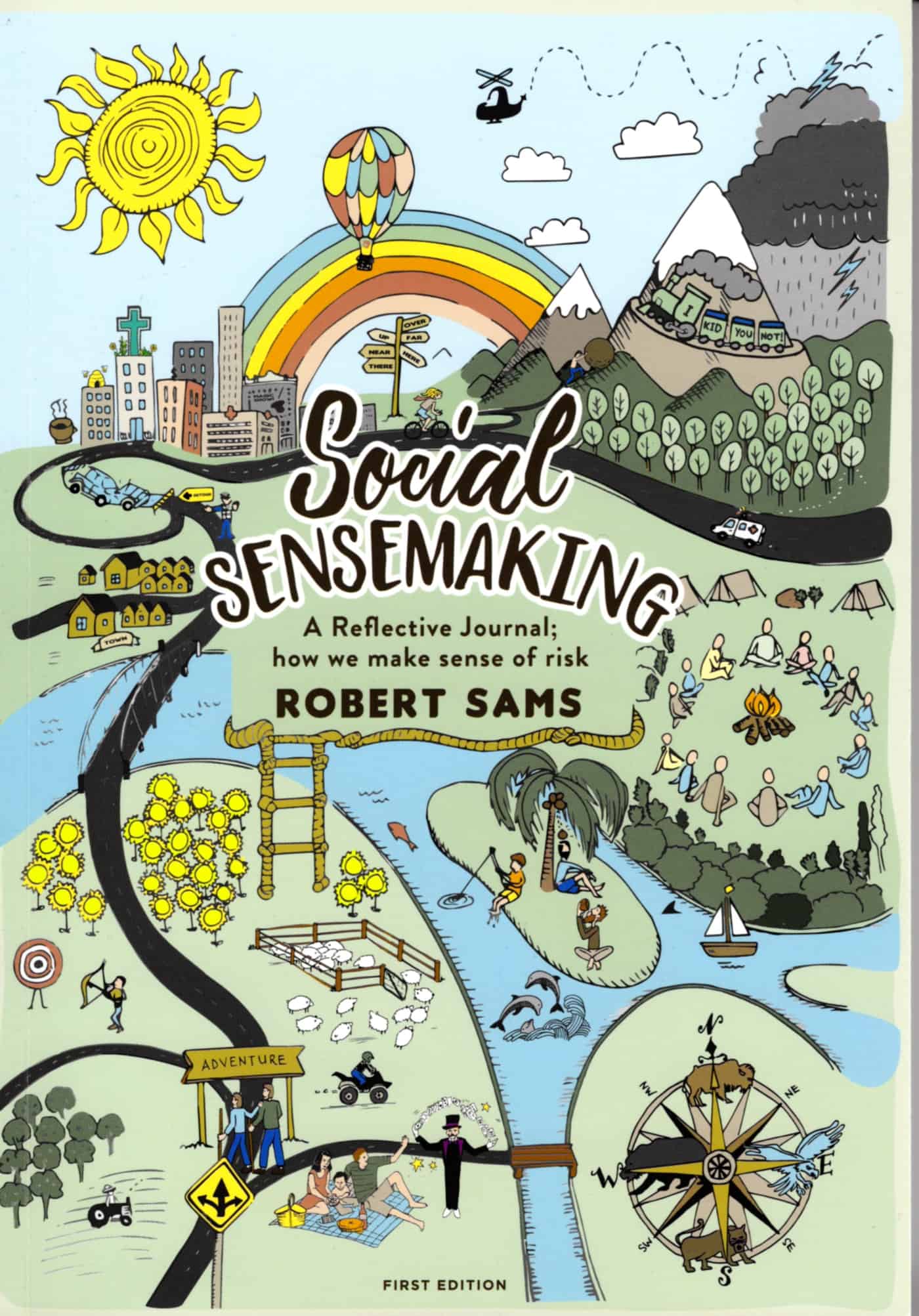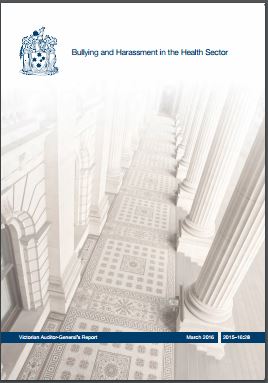 “What gets measured, gets done” is a common phrase in corporate-speak but needs to be treated with caution in terms of occupational health and safety (OHS).
“What gets measured, gets done” is a common phrase in corporate-speak but needs to be treated with caution in terms of occupational health and safety (OHS).
In The Australian newspaper of October 5 2017 (paywalled) an article about remuneration and innovation includes a brief but telling discussion of the perception of OHS.
Sylvia Falzon is a director of the companies Perpetual and Regis Healthcare. The article states that Falzon is a
“great believer that ‘what gets measured gets done”.
However, this belief has important limitations.


 The most
The most 

 The media is full of lists of Christmas reading, usually in order to sell books. Below is a selection of the safety-related books that are in my Summer reading pile. (No, I am not going to list the Batman comics or Star Trek books. That would be embarrassing.)
The media is full of lists of Christmas reading, usually in order to sell books. Below is a selection of the safety-related books that are in my Summer reading pile. (No, I am not going to list the Batman comics or Star Trek books. That would be embarrassing.)